Clancy Tucker's Blog, page 96
December 19, 2019
20 December 2019 - A COLLECTION OF HISTORICAL PHOTOGRAPHS

A COLLECTION OF HISTORICAL PHOTOGRAPHS
G'day folks,
Can anyone argue that the 20th century may have been the most momentous and incredible century in recorded history?
Some historians may argue this point, but I for one cannot imagine a century that changed the world more. At its beginning, the car was a new invention, and electricity was only starting to be used. By the end of it, people were using little computers in their pocket to talk to electronic items in space, we have left Earth and landed on the moon, medicine has taken such huge steps it is almost unrecognizable. The world was rocked by two world wars, the worst wars we ever witnessed, and we learned and grew, invented new social orders and have progressed so far with technology, so much more than any century before it. This fascinating series of photos will give us a look at some of the moments this epic century has gone through.














Clancy's comment: Recognise anyone?I'm ...


Published on December 19, 2019 14:45
December 18, 2019
19 December 2019 - A CUTE, SLEEPY VILLAGE IN FRANCE
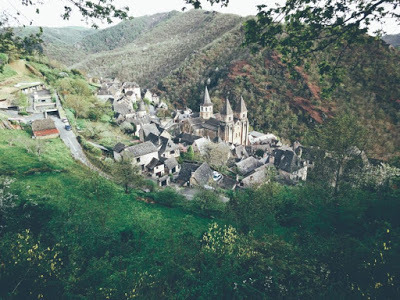
A CUTE, SLEEPY VILLAGE IN FRANCE
G'day folks,
Well, here is a sleepy hollow in France with a very interesting history.
C onques was never supposed to be found. Or at least, not easily. The sleepy village had been presiding over the French Midi-Pyrénées mountains since the 7th century, when a monk named Dadon decided it would make the perfect place for sacred hermitage. Not only was the valley close to a legendary Roman spring, but it was nearly impossible to reach without a lot of grit and motivation, making it the perfect resting place for one of Europe’s grandest treasures.
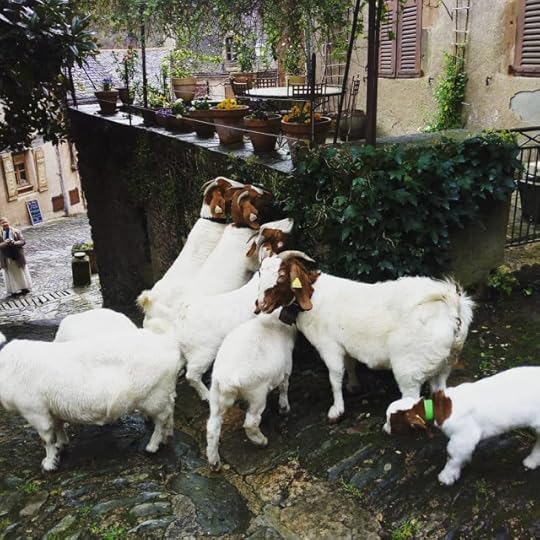

But we’ll get to that in a moment. First, let’s take a stroll through Conques (pronounced “conk”) which is, thanks to the magic of Google Maps and four-wheel drive, a bit easier to get to these days. There are about 255 habitants in the medieval village, and a good number of them are goats, cats, and cattle. The souvenir of choice is usually a bottle of the area’s Marcillac wine, or a golden cow bell.
The name “Conques” comes from the ye-olde French word for “shell,” conche, and is also a telltale sign of its history as an important site for religious pilgrims on their way to the coastal town of Santiago de Compostela, the alleged burial site of the Biblical apostle St. James. Hence, the many seashells nailed upon the doors of locals. For about a thousand years, they’ve served as a secret welcome sign for the pilgrims.
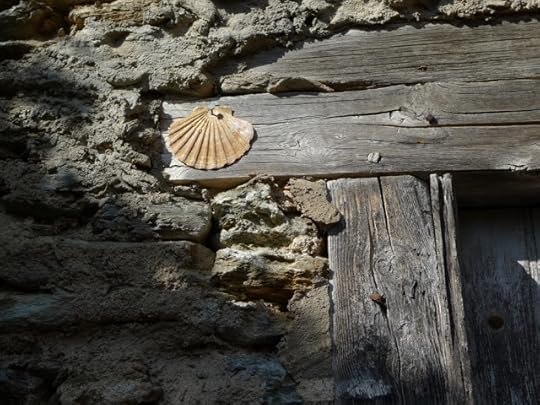
The main attraction at Conques? The relics of a martyred 12-year-old girl named “Faith” (St. Foy in French) from Aquitaine, which date back to the 4th century. According to legend, she was killed by the Roman Emperor Diocletion because she just couldn’t stop performing miracles, so he essentially BBQ’d her on a griddle. He also cut off her head for good measure.

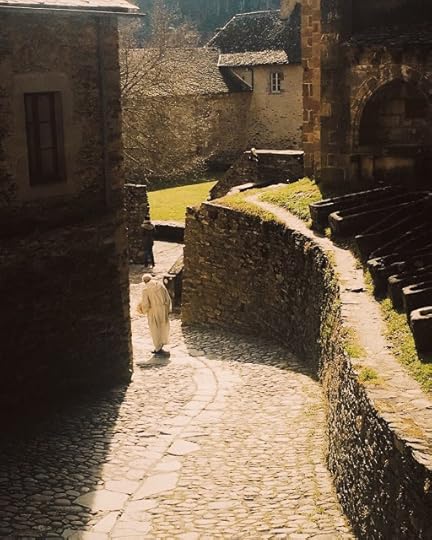
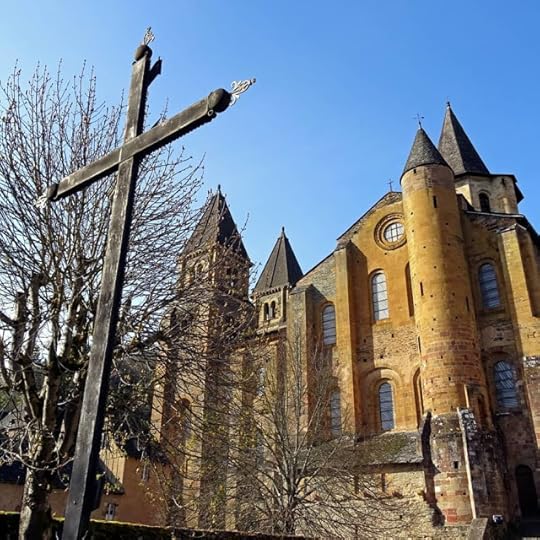
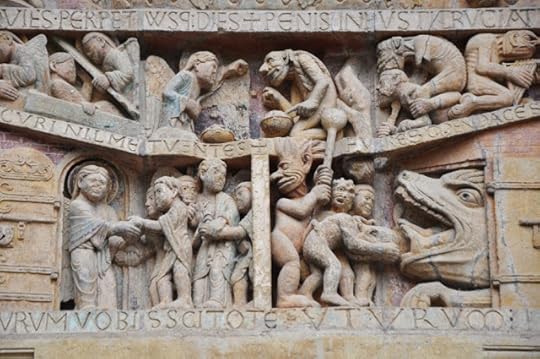
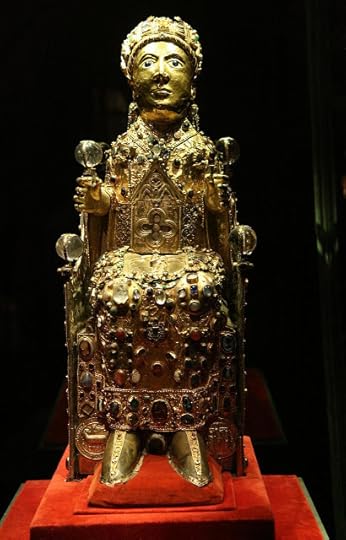
Her remains proved to be just as powerful in their miracle making, so much so that the monks from Conques actually stole them from Faith’s hometown of Agen to bring a little bit more life into the village when its isolation started to become a serious economic detriment. Pilgrimage, they realised could also become a form of tourism. And to this day, they’re tucked away in the Abbey Church of Saint Foy.

Clancy's comment: Amazing story, but what a cute village, eh?
I'm ...


Published on December 18, 2019 12:00
December 17, 2019
18 December 2019 - EDGAR HERNANDEZ - LITTLE BOY ZERO
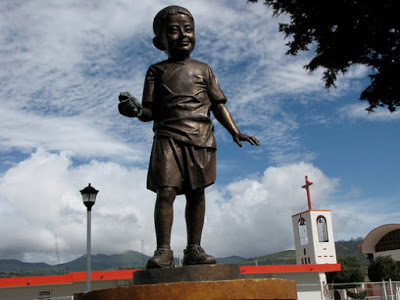
EDGAR HERNANDEZ - LITTLE BOY ZERO -
G'day folks,
Welcome to some facts about the first victim of swine flu.
Many little boys dream of the day that a statue will be erected in their home town celebrating their life’s defining achievement. But unlike Edgar Hernandez, five year old resident of the Mexican state of Velacruz, they don’t usually get one.
In 2009, the boy, from the poor village of La Gloria, became “Patient Zero”, the first known person to catch H1N1, the deadly swine flu virus. While the strong and healthy boy survived the virus, 14,000 people worldwide were not so lucky.
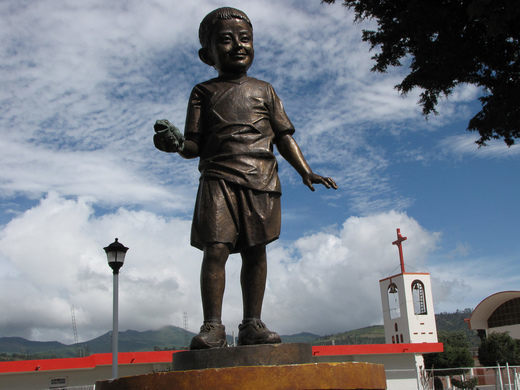
The statue is based on the famous Mannequin Pis in Belgium, but fortunately for young Edgar’s future dignity, he remains fully clothed. In his right hand, he clutches a toad, representing one of the seven deadly plagues wreaked upon the Pharoah and his people. Edgar’s mother, Maria del Carmen Hernandez Perez, insists that her son likes the statue. Meanwhile, the state government is working hard to promote the statue, which it hopes will become a major draw for the rural town.
It is too early to tell how Edgar will feel about his fame when he grows up, but sculptor Bernardo Luis Lopez Artasanchez may hope it fares better than one of his previous works. In 2007, a statue of former president Vicente Fox was torn down by an angry mob.
 Clancy's comment: Go, Edgar!
Clancy's comment: Go, Edgar!I'm ...


Published on December 17, 2019 12:13
December 16, 2019
17 December 2019 - A COLLECTION OF EXTRAORDINARY MUSHROOMS

A COLLECTION OF EXTRAORDINARY MUSHROOMS
G'day folks,
I'm sure many of these mushrooms will surprise you. Wonderful nature ...











Clancy's comment: Ah, nature, eh? Some mushrooms I have seen actually glow in the dark. How cool is that?
I'm ...


Published on December 16, 2019 12:36
December 15, 2019
16 December 2019 - Xalapa Museum of Anthropology in Mexico
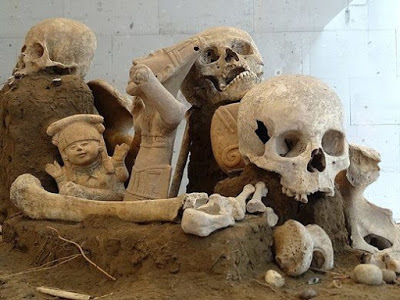
Xalapa Museum of Anthropology in Mexico
G'day folks,I love discovering ancient things, and the largest collection of artifacts from the Olmec civilization, the mother culture of Mesoamerica is in Mexico. The fascinating anthropology museum in Xalapa houses a staggering collection of over 25,000 artifacts representing a diverse array of cultures, from the Aztec to the Huastec, Totonac, and Mayan civilizations. But the most significant exhibits are undoubtedly those from the enormous collection of artifacts belonging to the mother civilization of Mesoamerica, the Olmeca.

The Olmeca was the earliest known complex civilization to emerge in Mesoamerica and the wider Americas. It arose around 1600 to 1500 BC on the tropical Golf coast of what is now the Mexican state of Veracruz. There, the Olmecs were able to cultivate numerous agricultural crops such as maize, squash, beans, and chilis on a large scale, thanks to the hospitable climate of the region and the fertile soils of the Coatzacoalcos riverbanks. With agriculture and fixed settlement, the culture gradually became more technologically and culturally sophisticated. The population swelled in number, and elite classes and trade networks began to form. Religions became instituted through the construction and veneration of monuments and art, and the cultural influence of the Olmecs began to spread across the region. This first tentative blossoming of a complex society became the progenitor of all later Mesoamerican civilizations, including the Aztecs and the Mayans.
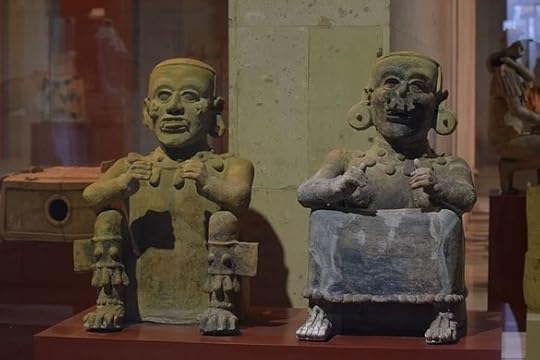 But in spite of the importance of the Olmecs in Mesoamerican history, little is known about this enigmatic civilization. In the absence of written records archeologists must try to decipher the history of this most mysterious of peoples from the abundant artifacts that have been discovered in the humid verdant jungles of Veracruz. And some of the most remarkable finds that have been unearthed from ancient Olmec sites are the famous and enigmatic colossal head sculptures.
But in spite of the importance of the Olmecs in Mesoamerican history, little is known about this enigmatic civilization. In the absence of written records archeologists must try to decipher the history of this most mysterious of peoples from the abundant artifacts that have been discovered in the humid verdant jungles of Veracruz. And some of the most remarkable finds that have been unearthed from ancient Olmec sites are the famous and enigmatic colossal head sculptures. 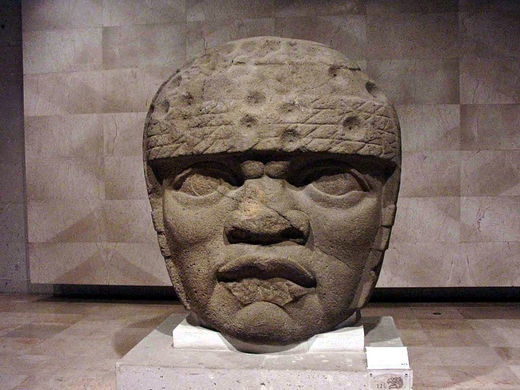
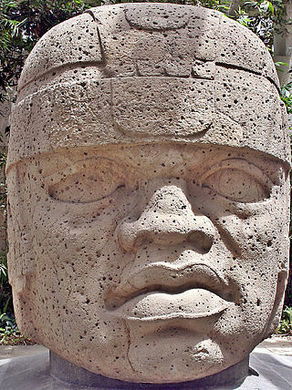
Examples of these gigantic sculptures, intricately carved from basalt boulders, can be seen at the of Xalapa Museum of Anthropology. They are thought to be depictions of ancient Olmec warrior rulers, who may have been worshipped as living gods. Even today, thousands of years later, these giant artifacts are imbued with undeniable expressive power and menace. From the steely and resolute facial expressions, the broken war-scarred noses resemble that of a seasoned professional boxer, while the glaring eyes radiate a fierce commanding presence. It is clear when seeing these ornate objects up close that if they indeed served as effigies of rulers, then these were immensely powerful people who were not, under any circumstance, to be messed with.
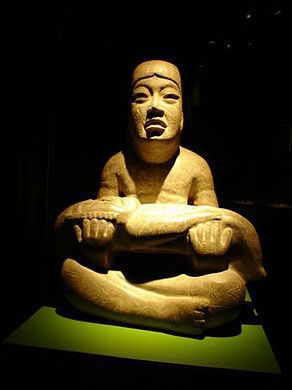
Many other sculptures created by the Olmeca civilization depict strange amphomorphic figures that combine the feline facial features of the Jaguar with humanoid bodies. Archeologists have termed these creatures “were-jaguars” due to their hybrid human-predatory mammal form, somewhat analogous to the European “werewolf.” Some scholars theorize that these beings were worshipped as supernatural creatures associated with the rainy season and the divine rulership of kings, while others suggest they represent shamanic shapeshifting powers. These, too, can be seen on display at the Xalapa museum.

Clancy's comment: Amazing sculptures, eh? Considering their age, it makes me wonder what tools they used. Fairly primitive I guess.
I'm ...


Published on December 15, 2019 13:29
December 14, 2019
15 December 2019 - PARIS, NIGHT LIGHT AND FAIRYTALES

PARIS, NIGHT LIGHT AND FAIRYTALES
G'day folks,
Y ou know that feeling when you see an image so appealing to your senses that you just want to climb inside right then and there?
That’s what the art of Russian painter Evgeny Lushpin does. I want to be standing on that rooftop at twilight; with the warm glow of home on my back and the cool evening breeze whispering stories of the city into my ears.
Lushpin’s works are a symphony of light and detail, inspired by the works of Edward Hopper, Pieter Bruegel and the Russian Realism School. He was born in Moscow in the 1960s and educated in Russia but the landscapes and rooftops that have become a prominent subject in much of his work depict cities across the world, from Paris to San Francisco. I feel like if I look long and hard enough at one of his paintings, something will come to life and a story will begin.








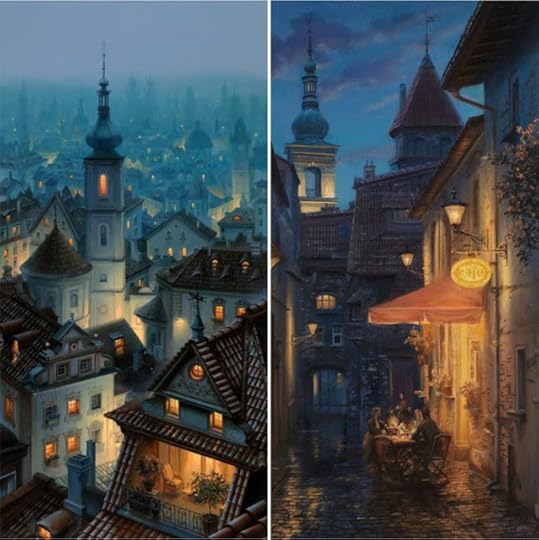

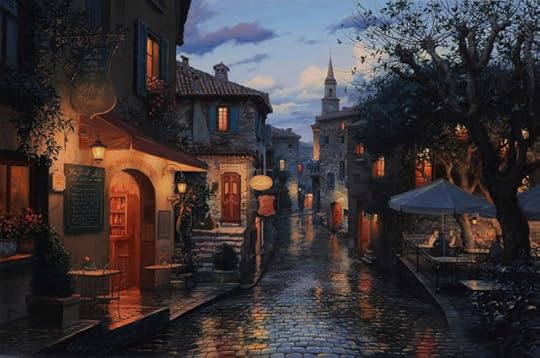

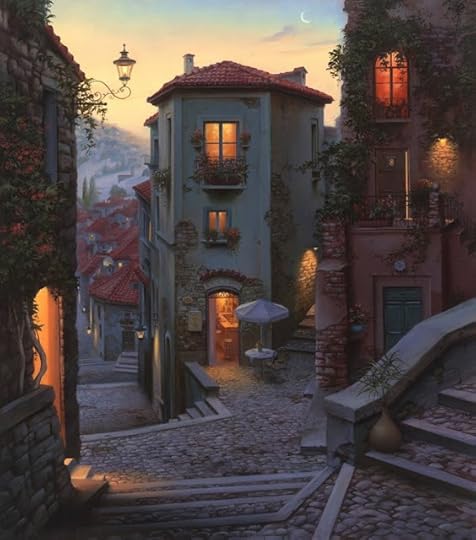

Clancy's comment: Absolutely brilliant. Such talent, eh?
I'm ...


Published on December 14, 2019 16:41
December 13, 2019
14 December 2019 - ANCIENT RUINS OF LOROPENI - 1,000 YEARS OLD.
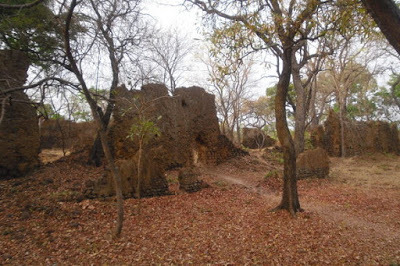
ANCIENT RUINS OF LOROPENI - 1,000 YEARS OLD -
G'day folks,These mysterious 1,000-year-old walls have revealed little about their past. These stone walls have stood for at least 1,000 years, towering above an otherwise flat territory. As of yet, the ruins have revealed little about their past, as much of the archaeological site has yet to be excavated.
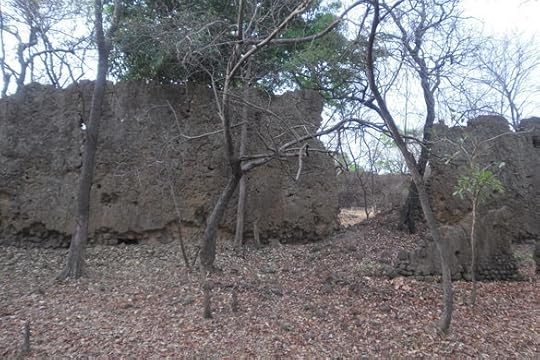
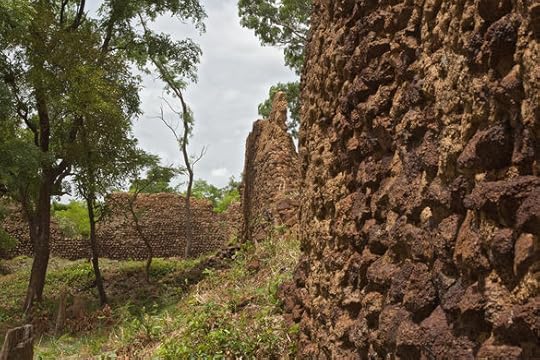
The walls that stretched around the 119,800-square-foot site once guarded a fortress. It’s believed the fort was used by the Lohron or Koulango peoples, who were part of the powerful trans-Saharan gold trade.
The settlement reached its peak between the 14th and 17th centuries, which were toward the end of the trans-Saharan gold trade’s prime. The site was abandoned sometime in the 19th century, and has largely been left to nature’s whims.

Already, bits of the settlement have been lost to time. Centuries of wind, rain, and bushfires have weakened the walls that remain.

In 2009, the ruins of Loropéni were declared a UNESCO World Heritage Site. It’s the first World Heritage Site within Burkina Faso, and it’s hoped this prestigious title will fuel some funding for further research and excavations.
 Clancy's comment: I'd love to know what happened there so long ago.
Clancy's comment: I'd love to know what happened there so long ago.I'm ...


Published on December 13, 2019 16:13
December 12, 2019
13 December 2019 - INTERNATIONAL LANDSCAPE PHOTOGRAPHER OF THE YEAR ENTRIES

INTERNATIONAL LANDSCAPE PHOTOGRAPHER OF THE YEAR ENTRIES
G'day folks,
Bask in the breathtaking glory of nature captured in 2018 all around the world. Here are some of the best award-winning and noteworthy photographs submitted to the 5th annual International Landscape Photographer Of The Year competition.
In this photo gallery, you will find everything starting from the arctic tundra blanketed in a thick cloak of snow to the golden, minimalist desert dunes, and everything in-between. Everyone will surely find a personal favorite, as the variety of locations and the range of artistic styles is endless.








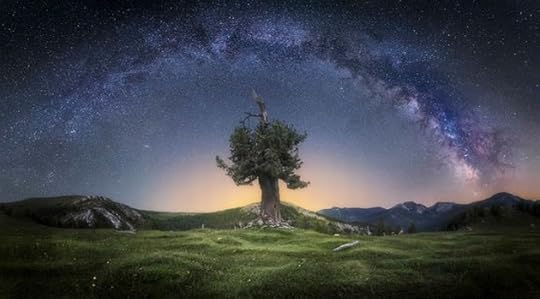




Clancy's comment: So good! I love the shot of the wave. Oh, did you ever wonder what extraordinary efforts these photographers went to just to snap these shots? I always do, and I sure appreciate their work.
I'm ...


Published on December 12, 2019 11:56
December 10, 2019
12 December 2019 - BEEKEEPING SCHOOL IN PARIS
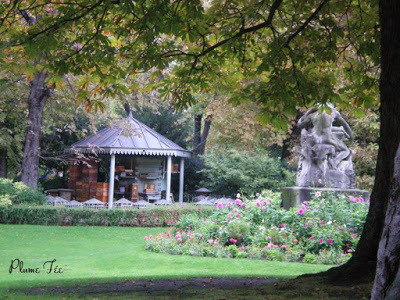
BEEKEEPING SCHOOL IN PARIS
G'day folks,
P aris as you know, is like a jewel box, hiding endless little gems; another of which I’m going to share with you today, nestled in the iconic Jardin du Luxembourg.
Begin by finding the south west entrance to the gardens on Rue d’Assas, near Hemingway’s old stomping grounds, and turn right into the fruit orchard where over a thousand trees have been planted by Le Conservatoire National des Pommes et des Poires (there are 379 varieties of apples and 247 varieties of pears growing here; some extremely rare, even biblical cultivars). Choose the path veering off to the left in between the fruit tree paddocks and you’ll soon begin to hear the distinct sound of buzzing bees. You have found the one and only Paris Beekeeping School.
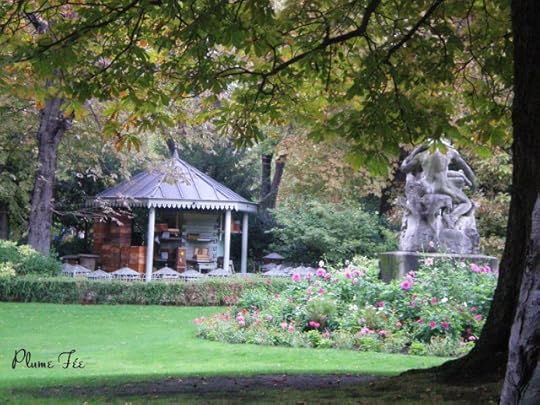
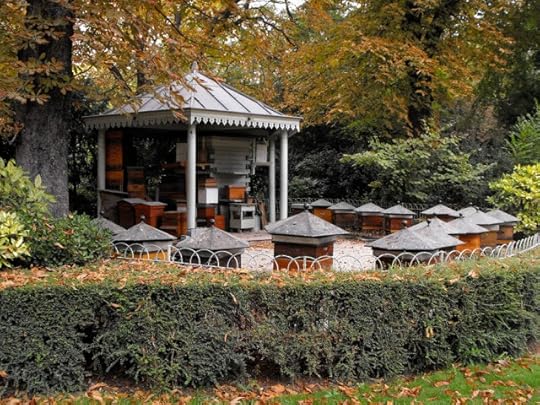
Nearly a million bees are foraging around the seventeen hives of the Rucher du Luxembourg (ruchermeaning apiary). Each year they produce about 450 pounds of honey, which is collected and sold every Autumn at the Orangerie du Luxembourg, just a few minutes walk up the garden path.
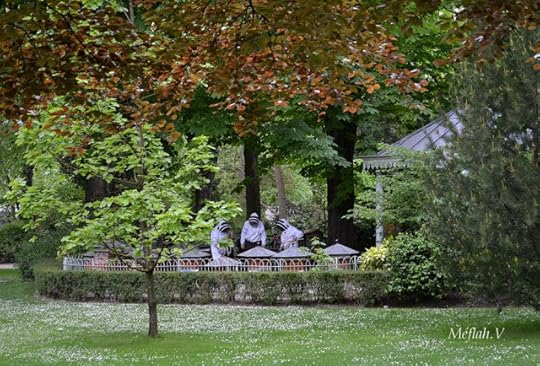
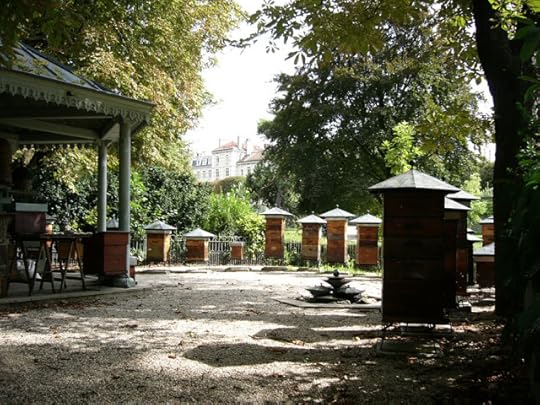
The 19th century pavilion with its surrounding wooden hives is a charming site to stumble upon, particularly when the beekeepers are out tending to the apiary. But if your curiosity goes a little further, perhaps you might be interested in becominga Parisian beekeeper.

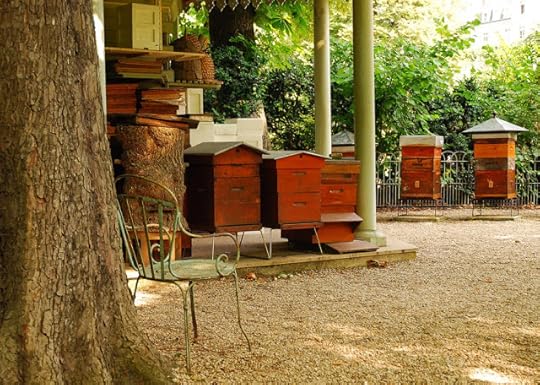
The first beekeeping school in Paris began with the creation of the Beekeeping Society back in 1856, founded by a librarian and teacher by the name of Henri Hamet. He is considered as the “father of French beekeeping”. His apiary accommodated up to twenty bee colonies and he pretty much wrote the handbook on beekeeping, which has been republished 10 times since his death.

Clancy's comment: Wow. Who would have known, eh?
I'm ...


Published on December 10, 2019 19:45
11 December 2019 - THE ANTONINE WALL - A SCAR OF THE ROMANS
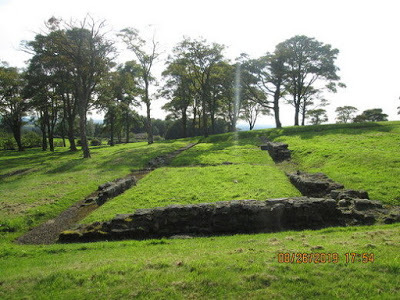
THE ANTONINE WALL - A SCAR OF THE ROMANS -
G'day folks,Scotland still bears an enormous scar of its Roman past. An unusual line stretches across Scotland’s Central Belt. It may look like no more than a strange scar speckled with clusters of stone structures, but it’s actually a remnant from when the Romans invaded the British Isles.
 It’s a commonly held misconception that the Romans never reached Scotland and that their endeavors to conquer the entire British Isles stopped at Hadrian’s Wall in England. But not only did the Romans reach Scotland, they also built a massive turf wall to keep the Scottish tribes out of their southern territory.
It’s a commonly held misconception that the Romans never reached Scotland and that their endeavors to conquer the entire British Isles stopped at Hadrian’s Wall in England. But not only did the Romans reach Scotland, they also built a massive turf wall to keep the Scottish tribes out of their southern territory.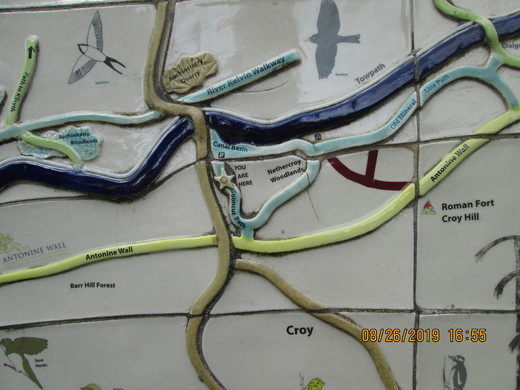
Under the orders of Roman Emperor Antoninus Pius, construction of this massive undertaking began in the year 142 and took 12 years to complete. The final work spans 39 miles from Old Kilpatrick on the Firth of Clyde to Carriden on the Firth of Forth. Bar Hill marks the highest point along the length of the wall at 250 meters (820 feet).


But after numerous attacks and greater problems at home in Rome, the wall was abandoned after only eight years. An attempt to re-establish occupation in 208 began with repairs to the wall, but ended only a few years later.
Time has not been kind to the abandoned wall, and much of the barrier and its forts have disappeared due to weathering and decay. However, what is left is protected and is now a UNESCO World Heritage site. Whether it’s a simple scar in the land or the foundations of an ancient bathhouse, all these ruins are worth exploring.

Clancy's comment: Mm ... I'd love to be sitting on a cloud, watching life, just for a day during these times.
I'm ...


Published on December 10, 2019 17:08



